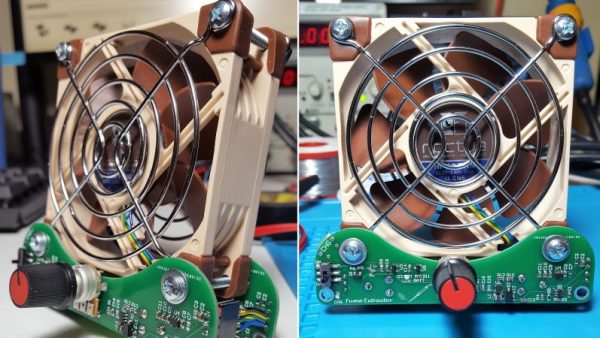It’s that spooky time of year once again, with pumpkins and cobwebs as far as the eye can see. This year, [Mikeasaurus] has put together something really special – a Ghost Rider costume with some amazing effects.
The costume starts with the skull mask, which started with a model from Thingiverse. Conveniently, the model was already set up to be 3D printed in separate pieces. [Mike] further modified the design by cutting out the middle to make it wearable. The mask was printed in low resolution and then assembled. [Mike] didn’t worry too much about making things perfect early on, as the final finish involved plenty of sanding and putty to get the surface just right. To complete the spooky look, the skull got a lick of ivory paint and a distressed finish with some diluted black acrylic.
With the visual components complete, [Mike] turned his attention to the effects. Light is courtesy of a series of self-blinking LEDs, fitted inside the mask to give the eye sockets a menacing orange glow. However, the pièce de résistance is the smoke effect, courtesy of a powerful e-cigarette device and an aquarium pump. At 225W, and filled with vegetable glycerine, this combination produces thick clouds of smoke which emanate from the back of the wearer’s jacket and within the skull itself. Truly stunning.
[Mike] reports that the costume is scary enough that he has been banned from answering the door as Ghost Rider. We think it’s bound to be a hit, regardless. For another epic mask build, check out the Borderlands Psycho. Video after the break. Continue reading “Ghost Rider Costume Is Smoking Hot”



















